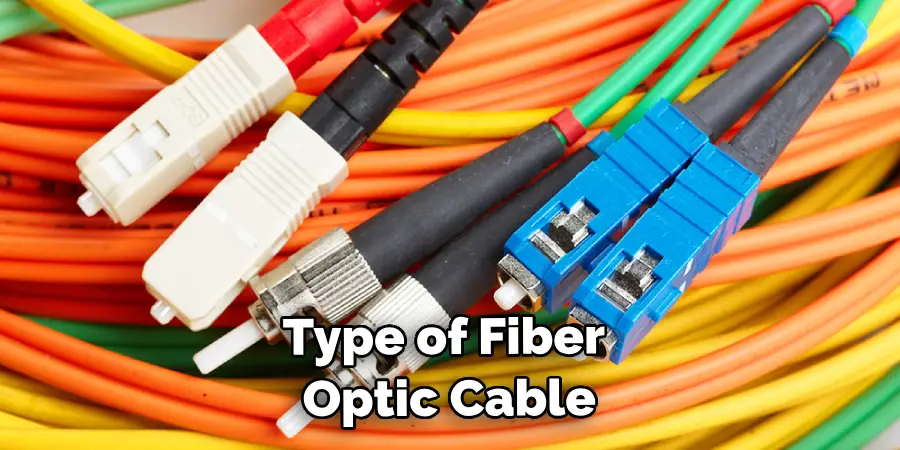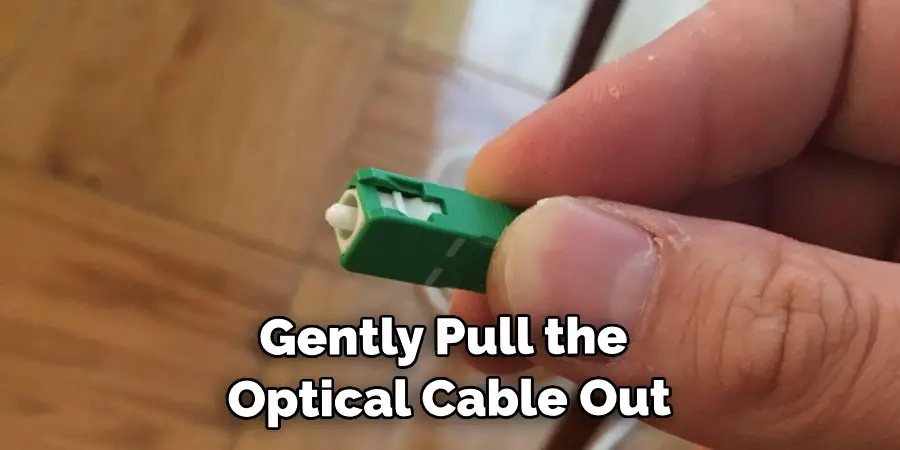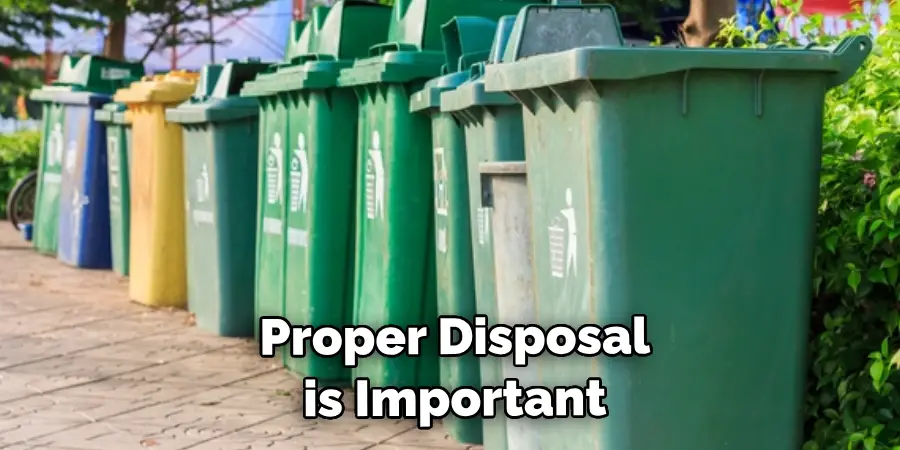The evolution of audio-visual technology has made optical cables a common component in home entertainment systems. However, circumstances may arise when the need to remove or replace an optical cable becomes essential.
Understanding how to remove optical cable is crucial for maintaining the integrity of your audio setup and ensuring a seamless transition between devices. In this guide, we will navigate the intricacies of safely detaching optical cables from various connectors, exploring the proper techniques and precautions to avoid potential damage.

Whether you’re upgrading your home theater system, reconfiguring your audio setup, or troubleshooting connectivity issues, mastering the process of removing optical cables allows you to adapt and optimize your audio-visual experience with confidence and precision. Join us as we unravel the steps and considerations involved in safely disconnecting optical cables, empowering you to navigate your home entertainment setup with ease.
Importance of Removing Optical Cables
Optical cables are used to transmit data signals using light instead of electrical currents. They are commonly used in various industries such as telecommunications, computer networking, and broadcasting. Although they offer faster data transmission and better signal quality compared to traditional copper cables, there may come a time when you need to remove an optical cable.
This could be due to repairs, upgrades, or simply replacing old cables. Whatever the reason may be, it is important to know how to properly remove an optical cable to avoid any damage or disruption to your network.
Differentiating Between Various Optical Cable Standards
Optical cables are an essential component in any modern digital communication system, allowing for the transmission of data signals over long distances at high speeds. These cables consist of thin strands of glass or plastic fibers that use light to carry information instead of electrical signals.
There are various types of optical cable standards used today, each with its own unique characteristics and purposes. Some common examples include single-mode, multimode, and plastic optical fiber (POF) cables. However, regardless of the type of cable used, there may come a time when it needs to be removed for troubleshooting or maintenance purposes.
10 Methods How to Remove Optical Cable
1. Identify the Cable
The first step in removing an optical cable is to identify which cable you need to remove. This may seem obvious, but it’s important to ensure that you are removing the correct cable to avoid any damage or confusion.

An optical cable is a type of fiber optic cable that transmits light signals rather than electrical signals. They are commonly used for high-speed data transmission and are found in various electronic devices such as computers, televisions, and sound systems.
2. Turn Off Power Sources
Before handling any cables, it’s important to turn off all power sources that may be connected to the cable. This will help prevent any accidents or damage to equipment. If you’re not sure which power source is connected to the optical cable, it’s best to turn off all power sources just to be safe.
3. Use Protective Gear
Optical cables can be delicate, so it’s important to wear protective gear such as gloves and safety glasses when handling them. This will help protect both you and the cable from any potential harm. However, it’s important to note that even with protective gear, you should still handle the cable with care and avoid bending or twisting it.
4. Disconnect Connectors
Most optical cables have connectors at each end that need to be disconnected before removing the cable. Carefully unscrew or unplug these connectors, making sure not to bend or damage them. Once both connectors are removed, the cable should be free to pull out of its port.
5. Release Tension on The Cable
If there is tension on the cable, such as it being pulled taut through a conduit, release this tension before attempting to remove it. This will make it easier and safer to remove without causing any damage. Though optical cables are designed to be durable, they may still break or become damaged if too much force is applied.
6. Gently Pull out Of Equipment

Once all connectors have been disconnected and tension has been released, gently pull the optical cable out of any equipment it may be connected to. Be careful not to tug too hard or twist the cable as this can cause damage. If you encounter any resistance, double check that all connectors have been properly disconnected before proceeding.
7. Use a Pulling Grip Tool
For longer or harder-to-reach cables, use a pulling grip tool designed specifically for optical cables. These tools provide a secure grip on the cable and allow for easier removal without putting too much strain on the cable itself. It is important to select the right size pulling grip tool for your cable, as using one that is too small or large can cause damage.
8. Cut if Necessary
In some cases, cutting the optical cable may be necessary for removal. Use sharp scissors or a fiber optic cutter designed for this purpose and make clean cuts without damaging any other components of the system. While cutting, ensure that the cable is not under tension as this may lead to uneven cuts or damage of the fiber strands.
9. Dispose Properly

Properly dispose of any cut or removed optical cable according to local regulations. This may involve recycling or disposing of it as hazardous waste. When removing an optical cable, proper disposal is important to consider. This is because the components of optical cables can be harmful to the environment if disposed of improperly. Therefore, it is essential to dispose of them in a responsible manner.
10. Use Caution when Re-Installing
If you plan on re-installing the same optical cable, be sure to follow proper procedures and handle the cable with care to avoid any damage. If possible, use new connectors to ensure a secure and safe connection. This is especially important if the cable was damaged during removal or if it has been used multiple times.
Things to Consider When Removing an Optical Cable
Safety First
Optical cables may seem delicate due to their small size, but they can still cause harm if not handled properly. Before removing any cable, make sure to turn off or unplug all devices connected to it. This will prevent any potential electrical hazards.
Compatibility Issues
Before removing your optical cable, make sure that you have a replacement option available and that it is compatible with your devices. This is especially important if you are removing an older cable that may not be easily replaceable.
Proper Removal Technique
Optical cables have a unique design with their push-pull connectors. To remove them, gently pull the connector straight out of its port. Do not twist or yank on it as this can damage the cable and potentially harm your device.
Special Tools
In some cases, you may need special tools to remove an optical cable. These can include a fiber optic cable stripper or a connector cap removal tool. If you do not have these tools on hand, it is best to seek professional help to avoid damaging the cable or your device.
Common Mistakes to Avoid When Removing Optical Cables
Mistake #1: Pulling the Cable Too Hard
One of the most common mistakes people make when removing optical cables is pulling them too hard. Optical cables are designed to be lightweight and flexible, which makes them prone to damage if excessive force is applied. When you pull an optical cable too hard, you risk breaking the connectors or damaging the fiber strands inside, which can significantly affect the quality of your network’s data transmission.
Mistake #2: Not Using the Proper Tools
Another common mistake is not using the right tools when removing optical cables. In most cases, these cables are delicate and require specialized tools for safe removal. If you use pliers or other common tools, you risk damaging the connectors or even breaking the cable itself.
Mistake #3: Not Properly Labeling the Connections
Proper labeling is crucial for a smooth and error-free removal of optical cables. If you don’t properly label the connections before removing them, it can be challenging to identify which cable goes where when you need to reconnect them. This can lead to complications and delays during reinstallation.
Mistake #4: Not Dusting Off the Cables

Dust and other particles on the optical cables can cause interference with data transmission, resulting in slower speeds and poor performance. When removing optical cables, make sure to dust them off with a clean and dry cloth before disconnecting them. This will help prevent any potential issues when you reconnect the cables.
Conclusion
In conclusion, removing optical cables may seem like a daunting task, but with the right knowledge and tools, it can be done easily and efficiently. By following the steps on how to remove optical cable, you’ll be able to safely disconnect and remove optical cables from any device.
Remember to always handle them with care and ensure that they are not twisted or bent during the process. With proper maintenance and handling, these cables can last for years and provide excellent data transfer rates. So don’t hesitate to give it a try next time you need to remove an optical cable.
You Can Check It Out to Prevent Loose Cables on the Floor
